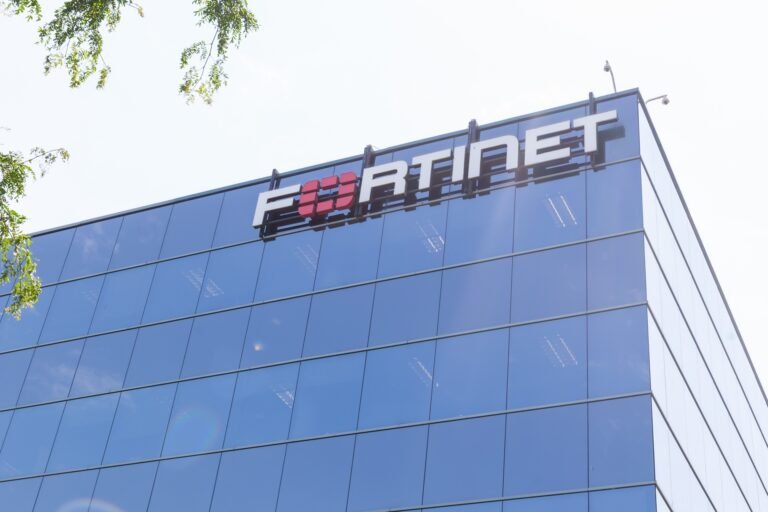Quick Takeaways
- Fortinet issued a warning about a critical vulnerability (CVE-2025-25256) in FortiSIEM with a CVSS score of 9.8, where exploit code exists in the wild, allowing unauthenticated privilege escalation and command execution.
- Prior to disclosure, GreyNoise detected a spike in brute-force attacks targeting Fortinet SSL VPNs, often a precursor to exploitation of new vulnerabilities, suggesting potential malicious activity ahead.
- While direct causality isn’t confirmed, the timing of increased attack traffic and the vulnerability disclosure indicates a targeted, deliberate effort against Fortinet edge technologies.
- Historically, vulnerabilities in Fortinet products have been heavily exploited in ransomware and cyberattacks, and the presence of exploit code heightens the risk of active exploitation soon.
Underlying Problem
Fortinet has issued a warning about a severe security flaw in its FortiSIEM software, designated as CVE-2025-25256, which has a very high severity score of 9.8 out of 10. This vulnerability, an OS command injection flaw, allows attackers who do not need prior access to execute malicious commands, potentially escalating their privileges to compromise affected systems. While active exploitation has not yet been observed, the existence of exploit code in the wild suggests that malicious actors could soon take advantage of this weakness. The alert comes amidst a surge in brute-force attack attempts targeting Fortinet SSL VPNs, with reports from GreyNoise indicating over 780 IPs attempting credential hacking, and emphasizing a pattern where such malicious activity often precedes vulnerability disclosures.
The timing of the spike in attack traffic, especially targeting Fortinet’s VPN and edge device technologies, has raised concerns that cybercriminals may be preparing to exploit the newly disclosed vulnerability in FortiSIEM. GreyNoise has observed ongoing malicious activity from numerous IP addresses, with exploit tools potentially lowering the barrier for attackers of less sophistication. Fortinet has not detailed the specifics of the exploit code or how long it has known about the vulnerability, but the threat landscape shows that vulnerabilities in Fortinet products have historically been leveraged in widespread ransomware and cyberattacks, as noted by government and cybersecurity agencies. The situation underscores an ongoing pattern where flaws in security infrastructure can leave businesses vulnerable to significant breaches if not promptly addressed.
What’s at Stake?
Fortinet has issued a warning about a critical vulnerability (CVE-2025-25256) in its FortiSIEM software, which has an urgent CVSS score of 9.8 due to an OS command injection flaw that allows unauthenticated attackers to escalate privileges and execute malicious code, with exploit code already available in the wild despite no active exploitation yet. This discovery coincides with increased brute-force attacks—over 780 distinct IPs targeting Fortinet SSL VPNs—suggesting a deliberate effort to exploit such vulnerabilities, though a direct causal link remains unconfirmed. Historically, spikes in malicious activity against Fortinet products often precede exploitation of disclosed vulnerabilities, heightening the risk of targeted breaches, ransomware infections, and unauthorized access. Given the high frequency of exploited flaws in Fortinet’s edge security technology—such as VPNs, firewalls, and management servers—organizations must prioritize urgent patching and access restrictions to mitigate imminent threats, as adversaries rapidly develop and deploy exploit code, lowering the barrier for less sophisticated hackers to infiltrate critical network infrastructure.
Possible Next Steps
Rapid Action
Addressing the coinciding surge in brute-force traffic against company’s SSL VPNs is critical to prevent unauthorized access and protect sensitive data. Timely remediation ensures minimal disruption, maintains system integrity, and demonstrates proactive security posture.
Mitigation Steps
- Implement and enforce strong multi-factor authentication (MFA) for VPN access.
- Deploy intrusion detection and prevention systems (IDPS) to block malicious traffic.
- Increase monitoring and logging of VPN login attempts to identify patterns.
- Set up IP blocking or rate limiting for suspicious IP addresses.
- Update and patch VPN and Fortinet security firmware to fix vulnerabilities.
- Conduct user awareness campaigns to educate staff on phishing and login security.
- Initiate incident response procedures to analyze and contain the threat.
- Engage with threat intelligence services for early warning of emerging attack vectors.
Stay Ahead in Cybersecurity
Discover cutting-edge developments in Emerging Tech and industry Insights.
Understand foundational security frameworks via NIST CSF on Wikipedia.
Disclaimer: The information provided may not always be accurate or up to date. Please do your own research, as the cybersecurity landscape evolves rapidly. Intended for secondary references purposes only.
Cyberattacks-V1

